Home>Furniture>Outdoor Furniture>How Often Should You Seal A Concrete Patio
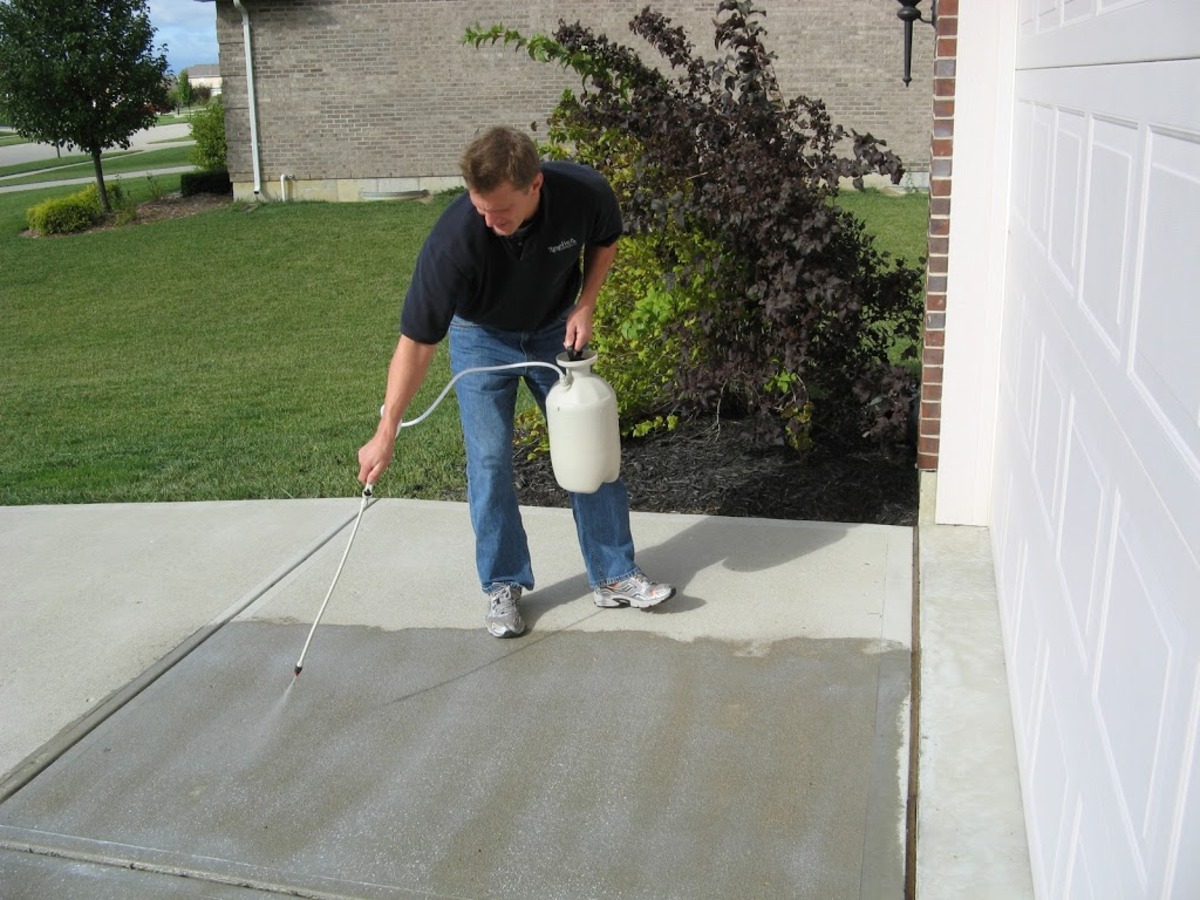

Outdoor Furniture
How Often Should You Seal A Concrete Patio
Modified: March 7, 2024
Discover the best practices for maintaining your outdoor furniture and learn how often you should seal your concrete patio to protect it from the elements and extend its lifespan.
(Many of the links in this article redirect to a specific reviewed product. Your purchase of these products through affiliate links helps to generate commission for Storables.com, at no extra cost. Learn more)
Introduction
Welcome to our comprehensive guide on how often you should seal a concrete patio. If you have a patio made of concrete, you know that it requires regular maintenance to keep it looking its best and ensure its longevity. One crucial step in the maintenance process is sealing the concrete to protect it from the elements and extend its lifespan.
Sealing a concrete patio provides numerous benefits. It not only enhances the appearance of the patio, but also acts as a protective barrier against harsh weather conditions, UV rays, stains, and moisture. However, knowing how often to seal your concrete patio can be a bit confusing, as it depends on various factors. In this article, we will delve into these factors to help you determine the ideal sealing frequency for your patio.
Key Takeaways:
- Protect your concrete patio by sealing it every 1-3 years, considering factors like climate, exposure to elements, foot traffic, and the type of sealer used.
- Look out for signs like water absorption, color fading, surface stains, deterioration, and loss of sheen to know when your patio needs resealing. Regular maintenance is key to preserving its appearance and longevity.
Read more: How To Seal A Concrete Patio
Factors to Consider
Several factors play a crucial role in determining how often you should seal your concrete patio. By considering these factors, you can make an informed decision and ensure that your patio remains in optimal condition.
- Climate and Weather Conditions: The climate in your region is a significant factor to consider when determining how often to seal your concrete patio. If you live in an area with extreme weather conditions, such as hot summers, freezing winters, or frequent rainstorms, your patio will likely need more frequent sealing. These weather conditions can cause the concrete to expand and contract, leading to cracks and damage if not properly protected.
- Exposure to Elements: Take into account how exposed your patio is to various elements. Is it constantly exposed to direct sunlight, rain, snow, or high humidity? Exposure to these elements can accelerate the deterioration of the concrete and the sealer, necessitating more regular sealing to maintain its integrity.
- Foot Traffic: Consider the amount of foot traffic your patio receives. If you frequently host gatherings or have children and pets running around, your patio will experience more wear and tear. Sealing it more frequently can help protect it from stains, scratches, and general degradation caused by high foot traffic.
- Types of Sealer Used: Different types of sealers have varying durability and protection levels. Some sealers may provide a longer-lasting barrier against the elements, reducing the frequency of resealing. Consider the type of sealer you have used on your patio and its recommended reapplication schedule.
By carefully assessing these factors, you can determine how often your concrete patio should be sealed to maintain its appearance and structural integrity. However, it is worth noting that there isn’t a one-size-fits-all answer, as each patio is unique and may require different levels of maintenance.
Climate and Weather Conditions
The climate and weather conditions in your region play a crucial role in determining how often you should seal your concrete patio. Different weather patterns can have varying effects on the durability and longevity of your patio’s sealer and concrete surface.
If you live in a region with extreme temperatures, such as hot summers or freezing winters, your patio may require more frequent sealing. The expansion and contraction of the concrete caused by temperature fluctuations can lead to cracks and damage over time. Sealing your patio regularly helps protect it from these temperature-related issues and ensures its durability.
Similarly, areas with high humidity levels or frequent rainstorms can also have a significant impact on the maintenance of your concrete patio. Moisture can seep into the concrete and cause it to deteriorate, leading to cracks and structural damage. Sealing the patio provides a protective barrier, preventing moisture from infiltrating the concrete surface and extending its lifespan.
Furthermore, regions with high UV radiation can cause the sealer on your patio to degrade faster. The UV rays from the sun can break down the chemicals in the sealer, resulting in a reduced lifespan. Sealing your patio at regular intervals helps protect it from UV damage and maintains its appearance.
It’s essential to monitor the weather conditions in your area and evaluate how they can affect the condition of your patio. If you notice signs of wear and tear, such as cracks, fading color, or water absorption, it may be a sign that your patio needs to be sealed more frequently to combat the effects of the climate and weather conditions.
Consulting with local experts or contractors familiar with the weather patterns in your region can also provide valuable insights into the appropriate sealing frequency for your concrete patio. They can offer specific recommendations based on their experience and knowledge of your area’s climate and weather conditions.
Exposure to Elements
The exposure of your concrete patio to various elements is another important factor to consider when determining how often to seal it. The elements can have a significant impact on the durability and condition of your patio’s sealer and concrete surface.
Direct sunlight can cause the color of your patio to fade over time. The UV rays from the sun can also break down the chemicals in the sealer, leading to reduced effectiveness and protection. If your patio is constantly exposed to sunlight, it may require more frequent sealing to maintain its appearance and protect it from UV damage.
Rain, snow, and high levels of moisture can cause significant damage to concrete surfaces. Water can seep into the pores of the concrete and lead to cracking, efflorescence, and deterioration. Sealing your patio creates a barrier that prevents water from penetrating the concrete, reducing the risk of these issues. If your patio is exposed to frequent precipitation or high humidity, it may require more frequent sealing to ensure adequate protection.
Other elements such as chemicals, oil, grease, and staining agents can also impact the surface of your concrete patio. If you use your patio for activities that involve potential spills or exposure to harsh substances, regular sealing can help prevent stains and make clean-up easier. Certain types of sealers offer better resistance against stains and chemicals, so it’s important to select a sealer that is appropriate for your patio’s exposure.
Consider the position and surroundings of your patio. Is it located near trees or shrubs that may drop leaves or debris? Is it near a pool that requires the use of chlorine or other chemicals? These factors can influence the debris accumulation and exposure to substances that may require more frequent sealing.
Regularly inspecting your patio for signs of damage, discoloration, or stains can help you determine if it’s being exposed to elements that require more frequent sealing. By taking steps to minimize exposure to these elements and maintaining a regular sealing schedule, you can prolong the lifespan and appearance of your concrete patio.
Foot Traffic
The amount of foot traffic your concrete patio receives is an important factor to consider when determining the frequency of sealing. The level of wear and tear your patio experiences can vary greatly depending on how often it is used and the activities that take place on it.
If you have a patio that sees heavy foot traffic, such as a popular gathering spot for family and friends or a commercial space, it will require more frequent sealing to withstand the constant activity. Regular sealing helps protect the concrete surface from scratches, scuffs, and general degradation caused by people walking on it.
Children and pets can also contribute to increased wear and tear on your patio. Kids playing, running, and riding bicycles can cause additional stress on the surface, while pets may scratch or dig at the concrete. Sealing your patio more often can help safeguard against these effects and ensure its longevity.
Consider the type of activities that typically occur on your patio. Do you frequently host outdoor barbecues or parties? Do you have a patio furniture set that is regularly moved around? These factors can contribute to increased foot traffic and potential damage to the surface. If your patio is subjected to such activities, more frequent sealing may be necessary to maintain its appearance and structural integrity.
Observing the condition of your patio is key to determining if foot traffic necessitates more frequent sealing. Look for signs of wear, such as fading color, surface scratches, or areas that are more susceptible to stains. Regular maintenance, including cleaning and re-sealing, can help minimize the impact of foot traffic and ensure your patio remains in optimal condition.
It’s important to strike a balance between sealing too frequently and not often enough when considering foot traffic. Over-sealing the concrete can lead to a buildup of multiple layers of sealant, which can affect its appearance and result in an uneven surface. Consulting with experts or experienced contractors can provide valuable guidance on the appropriate sealing frequency for your patio based on its foot traffic.
It is recommended to seal a concrete patio every 1-3 years to protect it from moisture, stains, and damage. However, the frequency may vary based on the climate and amount of use the patio gets.
Read more: How Often To Seal Concrete Driveway
Types of Sealer Used
Choosing the right type of sealer for your concrete patio is essential in determining its durability and the frequency of resealing. Different sealers offer varying levels of protection and longevity, so it’s important to understand the options available.
There are two main types of sealers commonly used for concrete patios: penetrating sealers and topical sealers.
1. Penetrating Sealers: As the name suggests, penetrating sealers are designed to penetrate the concrete surface and provide protection from within. These sealers chemically react with the concrete and form a water-repellent barrier. Penetrating sealers are ideal for areas with freeze-thaw cycles or high moisture content, as they help prevent water penetration and reduce the risk of cracks and damage. They typically do not alter the appearance of the concrete and require less frequent reapplication compared to topical sealers.
2. Topical Sealers: Topical sealers are applied to the surface of the concrete and form a protective film. They come in various finishes, such as matte, glossy, or semi-gloss, and can enhance the appearance of the patio by providing a sheen or color enhancement. Topical sealers act as a barrier against stains, UV rays, and other elements. However, they may require more frequent reapplication as the film eventually wears away over time. They are a popular choice for decorative or stamped concrete patios where aesthetics are a priority.
Within the two main categories, there are also different formulations and variations of sealers available. Some sealers are specifically designed to resist stains, while others are formulated to enhance the color of the concrete. It’s important to select a sealer that is suitable for your patio’s specific needs and the level of protection required.
When choosing a sealer for your patio, consider factors such as the climate, exposure to elements, foot traffic, and desired aesthetic. Consult with professionals or knowledgeable experts to understand the best type of sealer for your specific situation. They can provide recommendations based on the characteristics of your patio and the level of maintenance you are willing to undertake.
Regardless of the sealer you choose, following the manufacturer’s instructions and recommended reapplication schedule is crucial in maintaining the effectiveness of the sealer and protecting your concrete patio over time.
Sealing Frequency Recommendations
The frequency at which you should seal your concrete patio can vary depending on several factors, such as climate, exposure to elements, foot traffic, and the type of sealer used. While there is no one-size-fits-all answer, we can provide some general recommendations to help you determine the ideal sealing frequency for your patio.
For most concrete patios, sealing every 1-3 years is a good starting point. However, here are some guidelines to consider:
- Moderate Climate with Mild Weather Conditions: If you live in a region with a moderate climate and relatively mild weather conditions, where your patio is not exposed to extreme temperatures or frequent precipitation, sealing every 2-3 years may be sufficient.
- Harsh Climate or Extreme Weather Conditions: In regions with harsh climates, such as areas with freezing winters or scorching summers, more frequent sealing is often necessary. Consider sealing your patio every 1-2 years to provide enhanced protection against temperature fluctuations and weather-related damage.
- High Exposure to Elements: If your patio is constantly exposed to elements such as direct sunlight, heavy rain, or high humidity, it may require more frequent sealing. In such cases, sealing every 1-2 years can help maintain the integrity of the concrete surface and protect it from UV damage and moisture penetration.
- Heavy Foot Traffic: If your patio experiences heavy foot traffic, either from frequent gatherings or commercial use, it is subject to more wear and tear. In these cases, consider sealing your patio every 1-2 years to ensure it remains resilient and resistant to scratches, stains, and degradation caused by foot traffic.
- Type of Sealer Used: The type of sealer you choose can also impact the recommended sealing frequency. Penetrating sealers generally require less frequent reapplication, typically every 2-3 years, while topical sealers might need more regular resealing, potentially every 1-2 years.
Keep in mind that these are general recommendations, and the specific needs of your patio may differ. It is essential to monitor the condition of your patio regularly and look for signs such as color fading, water absorption, or decreased effectiveness of the sealer. If you notice any of these signs, it may be an indication that your patio needs to be resealed sooner than anticipated.
Consulting with professionals or trusted contractors in the field of concrete maintenance can provide valuable insights into the ideal sealing frequency for your patio. Their expertise and experience can help you make an informed decision based on your patio’s unique characteristics and requirements.
Remember that regular maintenance, including periodic cleaning and resealing, is key to keeping your concrete patio in optimal condition and preserving its longevity.
Expert Opinions and Recommendations
When it comes to determining the ideal sealing frequency for your concrete patio, seeking expert opinions and recommendations can provide valuable insights. Professionals in the field of concrete maintenance and outdoor furniture can offer guidance based on their experience and knowledge. Here are some common recommendations from experts:
- Concrete Contractors: Consulting with concrete contractors who specialize in patio installations and maintenance can provide valuable insights into the specific needs of your patio. They can assess factors such as the climate, exposure to elements, and foot traffic to determine the appropriate sealing frequency. Contractors often have firsthand experience with different sealers and can recommend the most suitable option for your patio’s conditions.
- Outdoor Furniture Providers: If you have outdoor furniture on your patio, reaching out to reputable outdoor furniture providers can offer valuable input. They can provide recommendations on sealing frequency based on the materials of your furniture and how it interacts with the sealed surface. Outdoor furniture experts can also suggest protective measures and maintenance tips to ensure the longevity of both your patio and furniture.
- Local Experts: Seeking advice from professionals familiar with your specific region can be beneficial, as environmental factors can differ from one area to another. Local experts, such as horticulturists, landscape designers, or even local hardware store staff, may have valuable knowledge about the conditions that affect concrete patios in your area. They can provide recommendations based on the climate, common weather patterns, and the specific challenges that your patio may face.
By consulting with experts, you can gain a deeper understanding of the unique considerations for your patio and make informed decisions regarding sealing frequency. They can provide personalized advice based on the characteristics of your patio and the specific challenges it encounters.
It’s worth noting that expert opinions may vary slightly, as there are different schools of thought regarding sealing frequency. However, by gathering multiple perspectives and considering the specific needs of your patio, you can make an educated decision regarding the ideal sealing frequency to maintain its appearance and prolong its lifespan.
Remember, regular monitoring and maintenance are key to ensuring the longevity of your patio, regardless of the sealing frequency. Observing your patio’s condition and addressing any issues promptly can help prevent larger problems and maintain its overall integrity.
Signs that Your Patio Needs Sealing
Knowing when to reseal your concrete patio is essential in maintaining its appearance and protecting it from damage. While following a regular maintenance schedule is beneficial, certain signs can indicate that your patio is due for resealing. Here are some common signs that your patio may need sealing:
- Water Absorption: If you notice that water is no longer beading up on the surface of your patio and instead is being absorbed into the concrete, it may be a sign that the existing sealer has worn off. Water absorption can lead to structural damage and the growth of mold and mildew.
- Color Fading: Over time, exposure to sunlight and other elements can cause the color of your concrete patio to fade. If you notice that the colors are no longer vibrant or that there are areas where the color has significantly dulled, it may be time to reseal your patio to restore its original appearance.
- Surface Stains: Concrete patios are prone to staining from spills, oil, grease, or other substances. If you have difficulty removing stains, it may indicate that the existing sealer is no longer providing adequate protection. Resealing the patio can help prevent future staining and make cleaning easier.
- Surface Deterioration: Cracks, spalling (surface flaking or crumbling), or pitting on the surface of your patio are indications of deterioration. These signs suggest that the concrete is no longer adequately protected and may require resealing to prevent further damage and extend the lifespan of the patio.
- Loss of Sheen: If your patio had a glossy or satin finish when it was initially sealed, but it has now become dull or lackluster, it could be a sign that the sealer is wearing off. Resealing can restore the sheen and enhance the overall appearance of your patio.
It’s important to note that the specific signs may vary depending on the type of sealer used, the exposure to elements, and the overall condition of your patio. Regularly inspecting your patio and detecting any of these signs are key to timely maintenance.
If you notice any of these signs, it’s recommended to consult with experts or professionals in concrete patio maintenance to evaluate the state of your patio and determine the appropriate course of action. They can provide guidance on whether resealing is necessary and offer advice on the type of sealer to use and the ideal sealing frequency for your patio’s specific needs.
By addressing these signs promptly and resealing your concrete patio when needed, you can prolong its lifespan, maintain its aesthetic appeal, and protect it from further damage.
Read more: When To Seal Stamped Concrete Patio
Conclusion
Sealing your concrete patio is an important step in its maintenance and protection. By understanding the factors that influence how often you should seal your patio, you can make informed decisions to maintain its appearance and longevity.
Climate and weather conditions play a significant role in determining the frequency of sealing. Regions with extreme temperatures, high humidity, or frequent precipitation typically require more regular sealing. Similarly, the level of exposure to elements like sunlight, rain, and chemicals can impact the durability of the sealer and the condition of the concrete surface.
Consider the foot traffic your patio receives as well. Regular sealing is necessary if your patio experiences heavy use or if children and pets frequent the area, as they can cause additional wear and tear.
The type of sealer used also affects the recommended sealing frequency. Penetrating sealers generally last longer between applications compared to topical sealers, which may require more frequent resealing to maintain their effectiveness.
While expert opinions and recommendations provide valuable insights, it’s important to assess your patio’s specific needs. Regularly monitoring your patio for signs such as water absorption, color fading, surface stains, surface deterioration, and loss of sheen can help determine when resealing is necessary.
By following a regular maintenance schedule and resealing your patio as needed, you can protect it from damage caused by the elements, foot traffic, and general wear and tear. This will help preserve its appearance, extend its lifespan, and ensure that you can continue to enjoy your outdoor space for years to come.
Frequently Asked Questions about How Often Should You Seal A Concrete Patio
Was this page helpful?
At Storables.com, we guarantee accurate and reliable information. Our content, validated by Expert Board Contributors, is crafted following stringent Editorial Policies. We're committed to providing you with well-researched, expert-backed insights for all your informational needs.
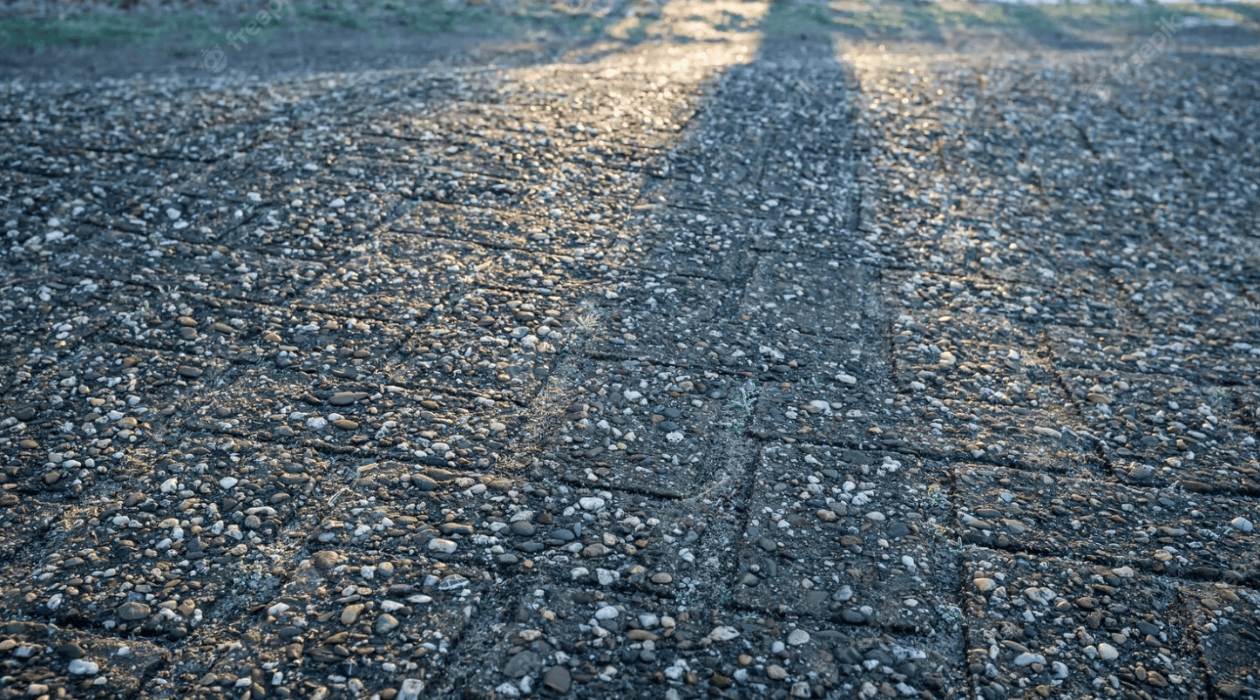
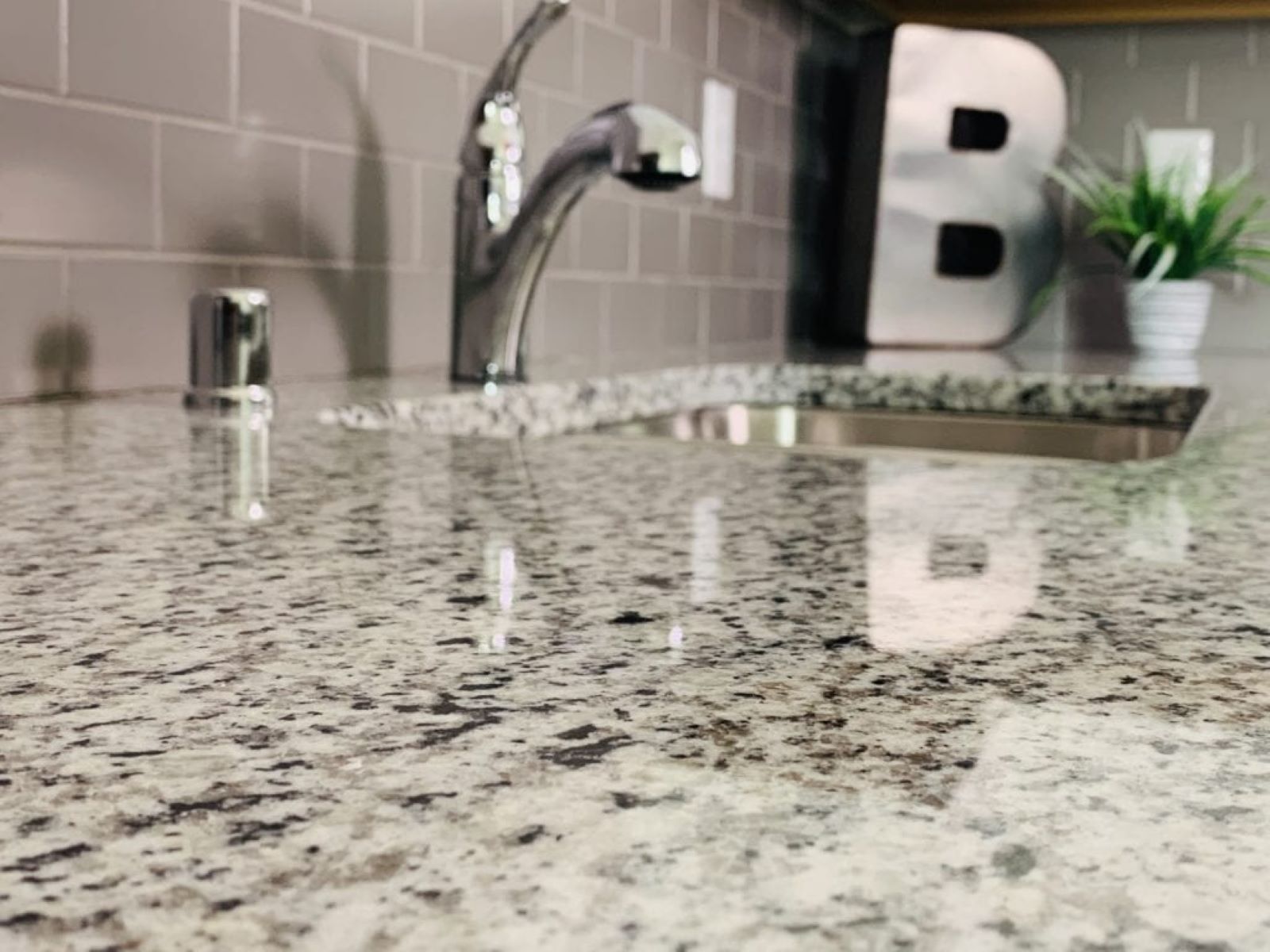

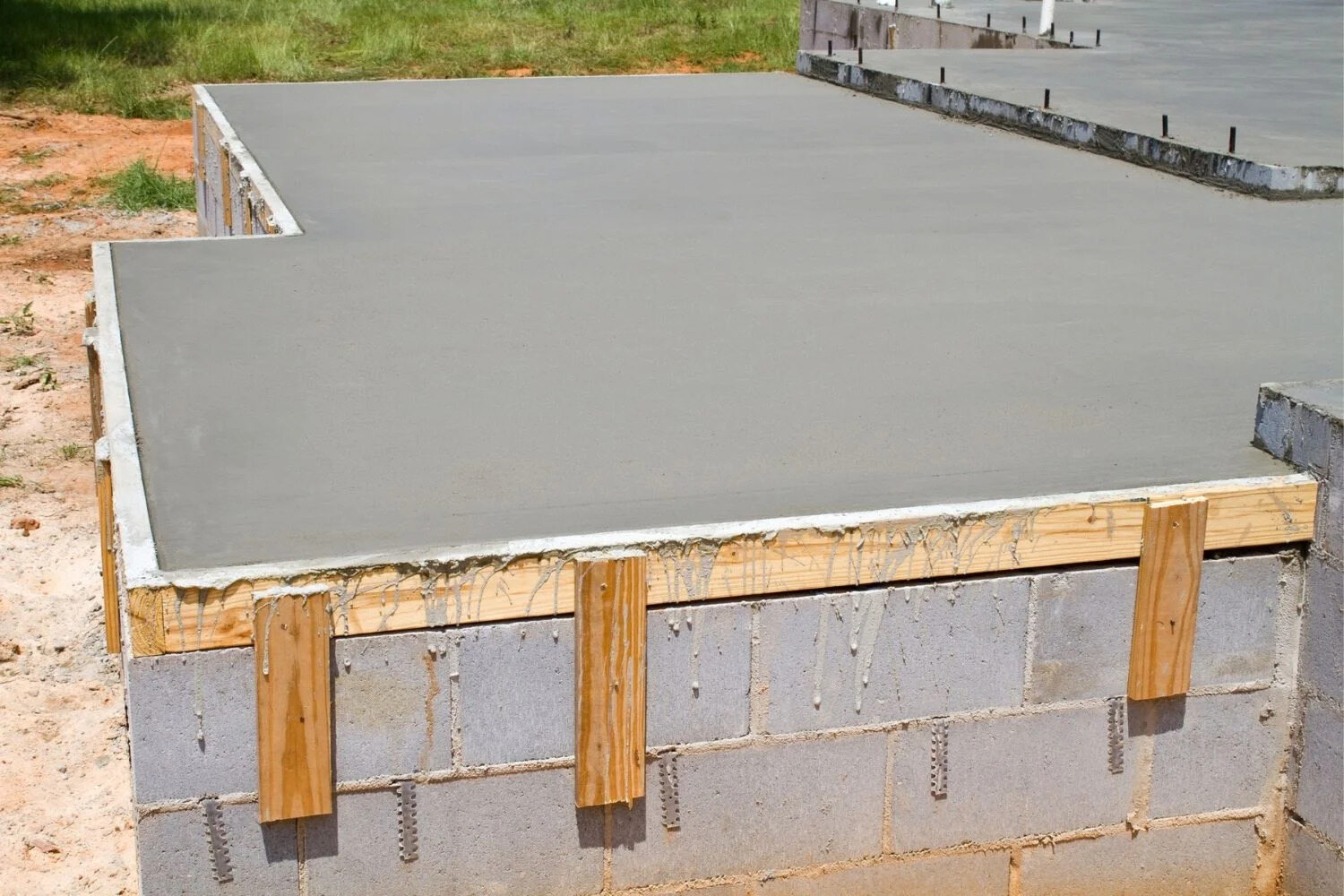
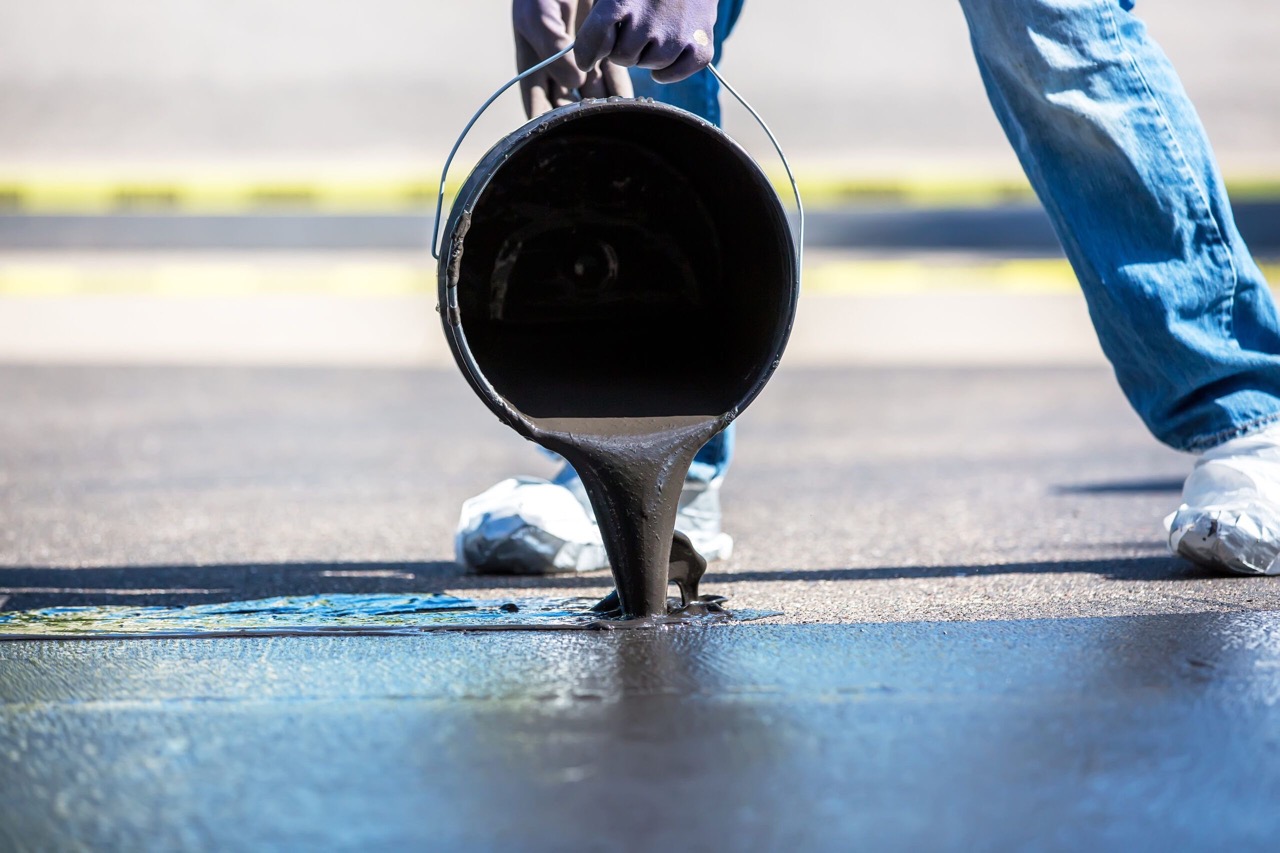
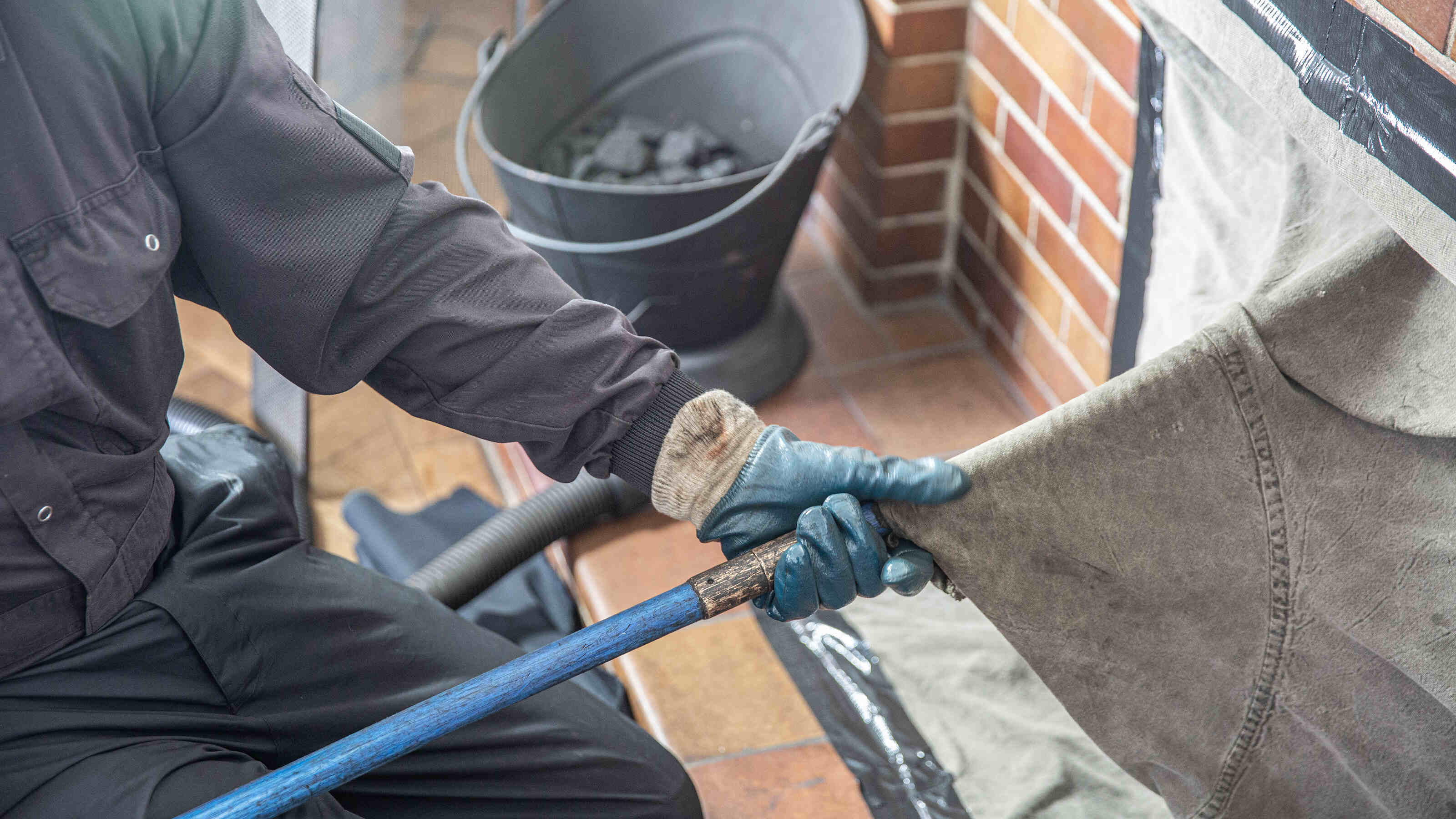

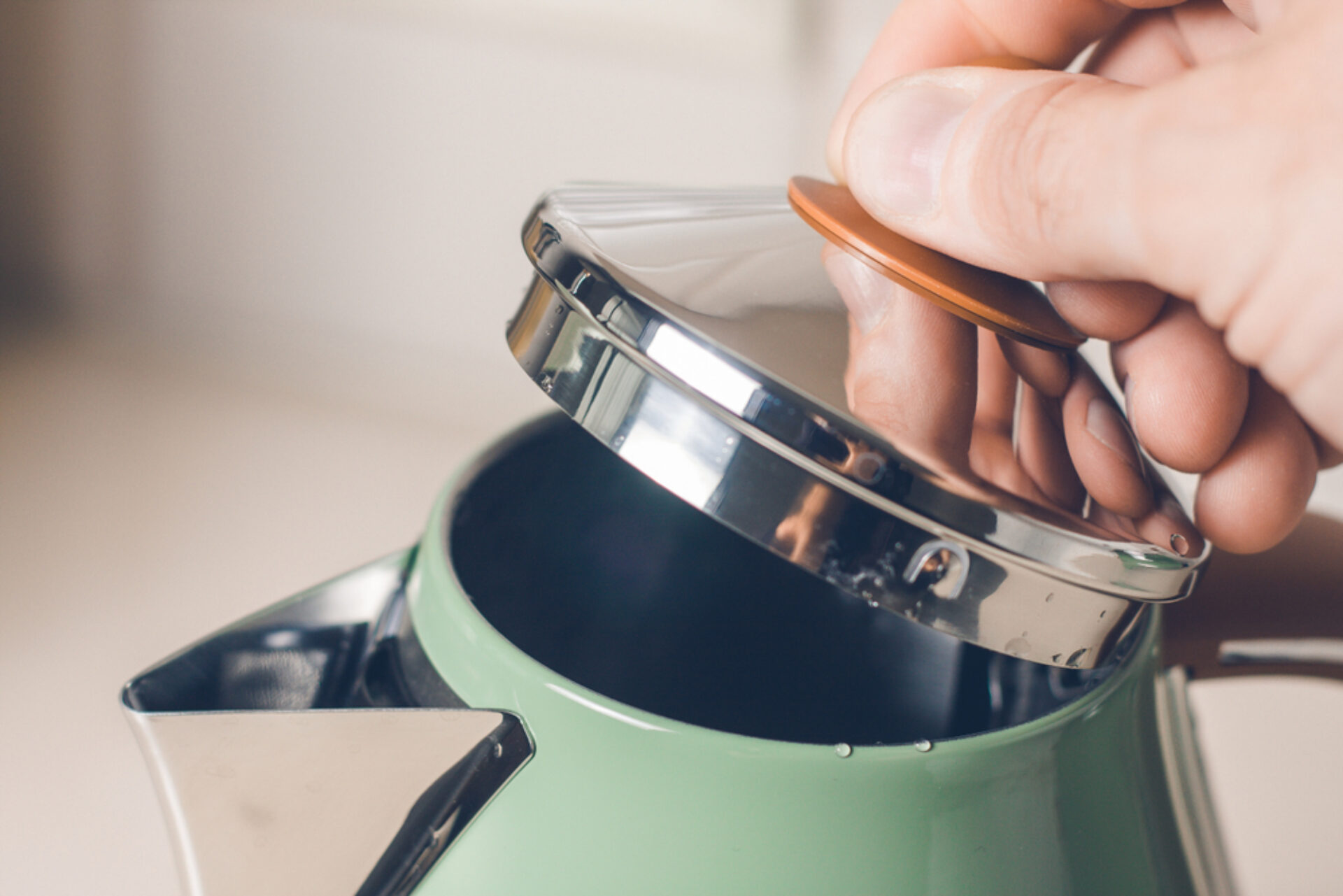
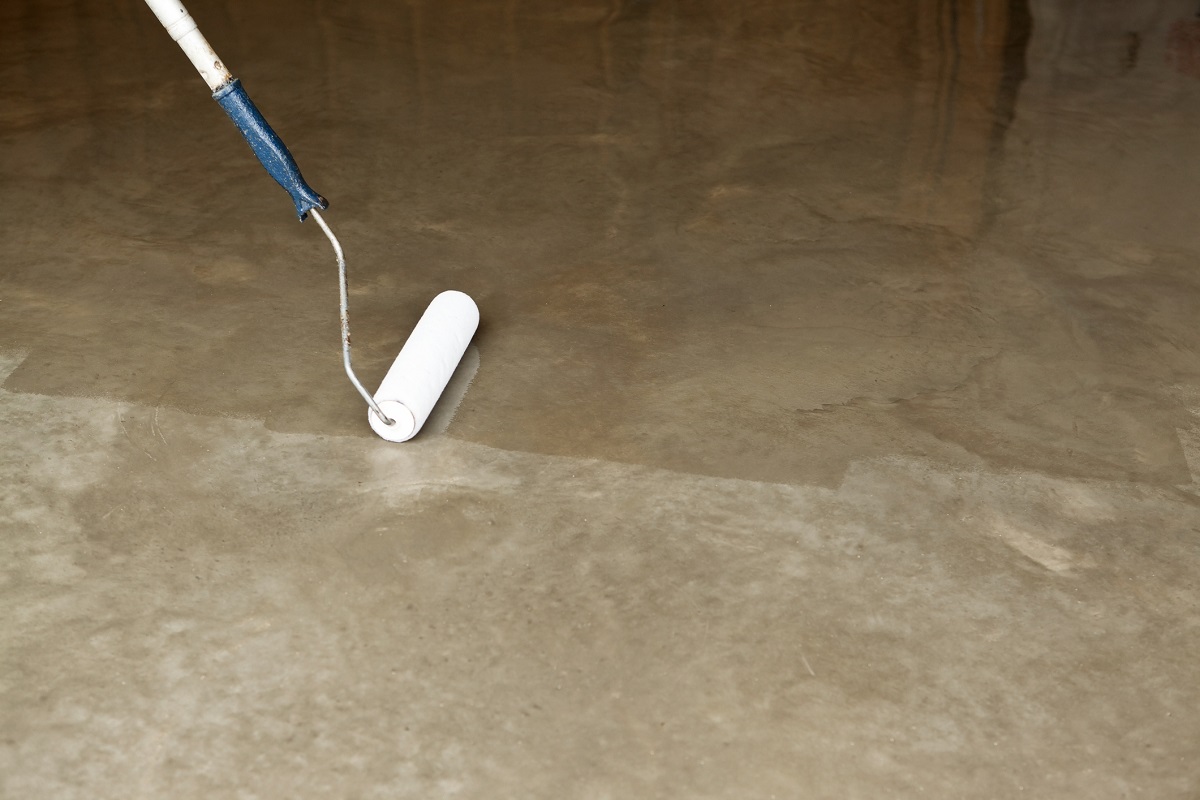
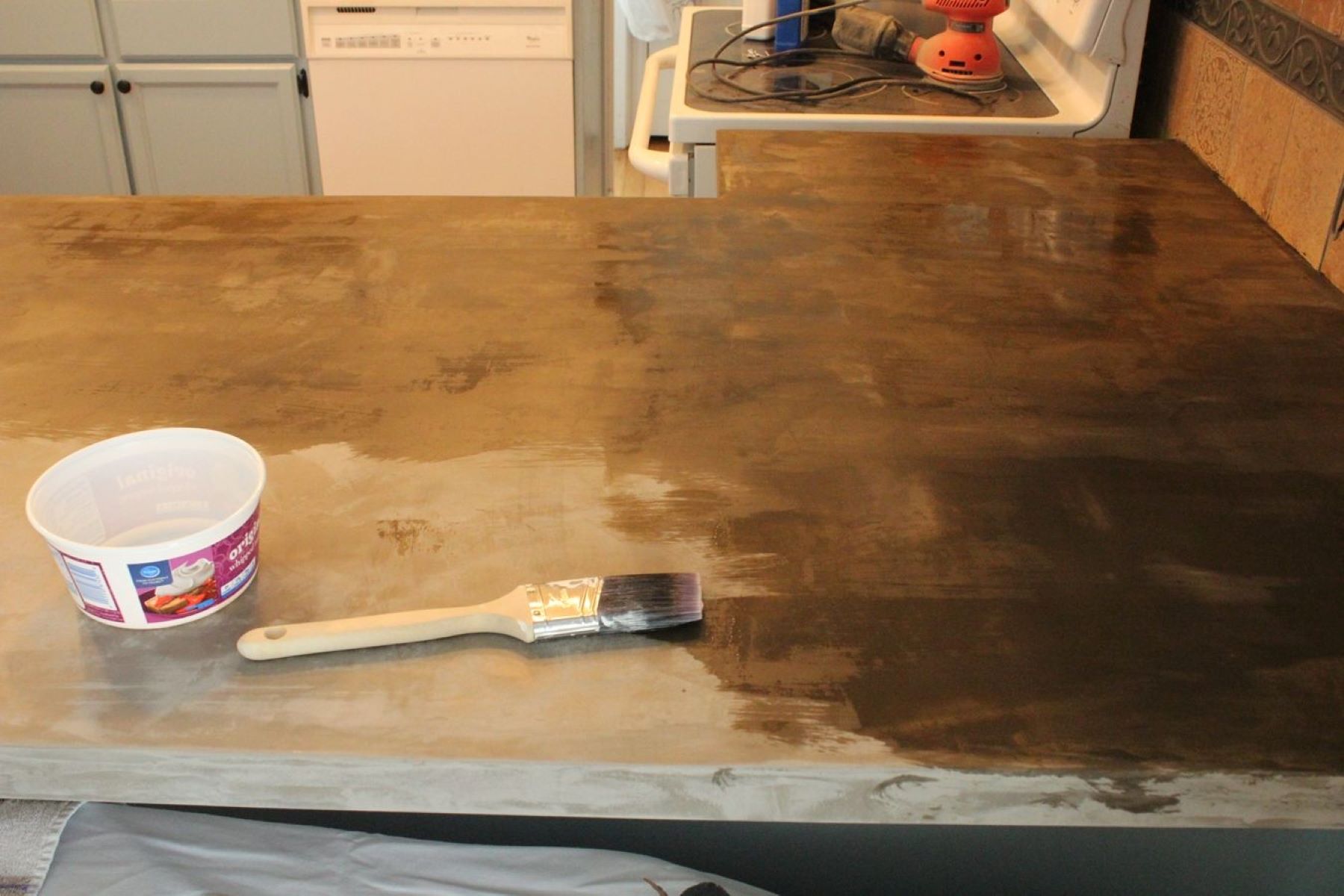

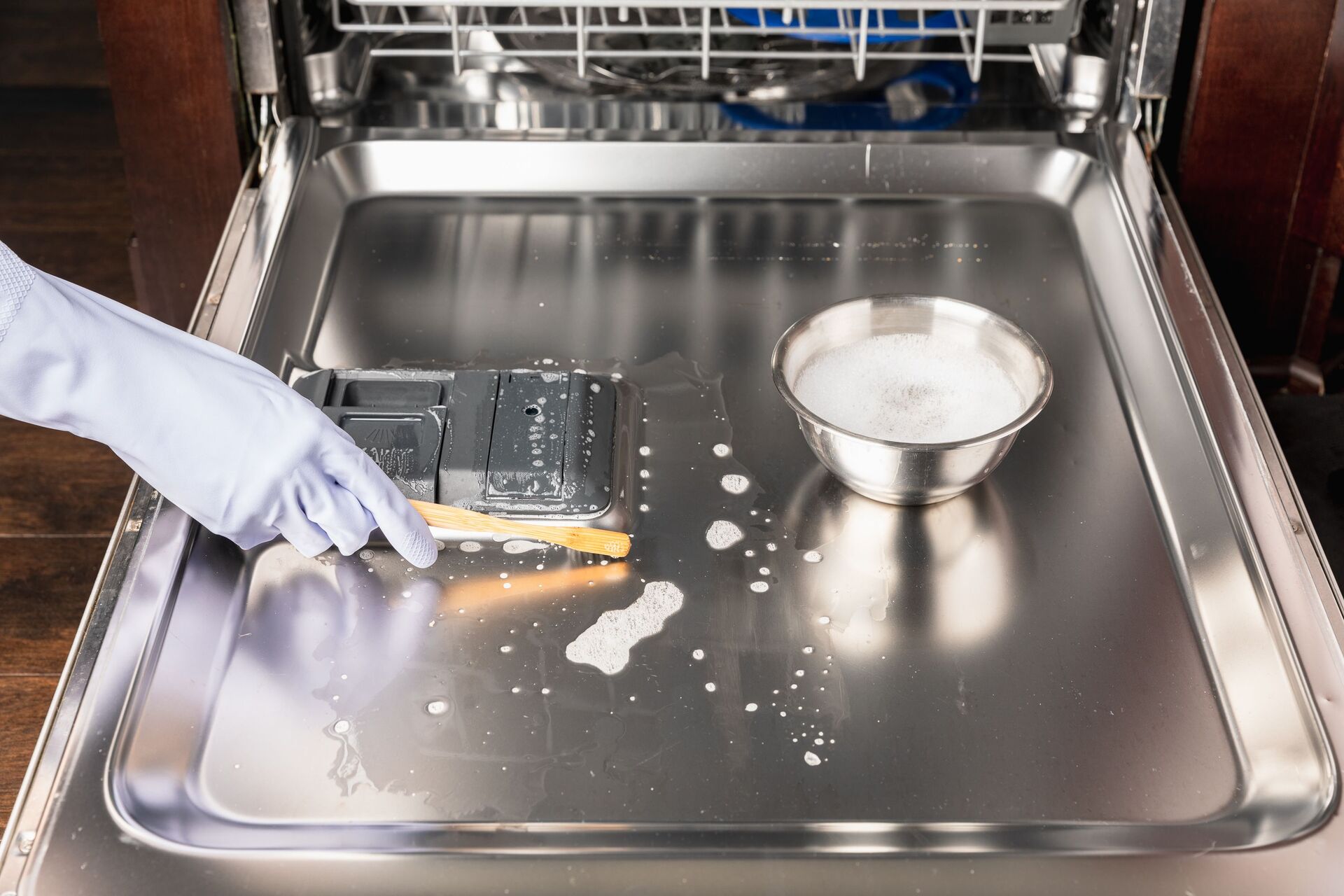
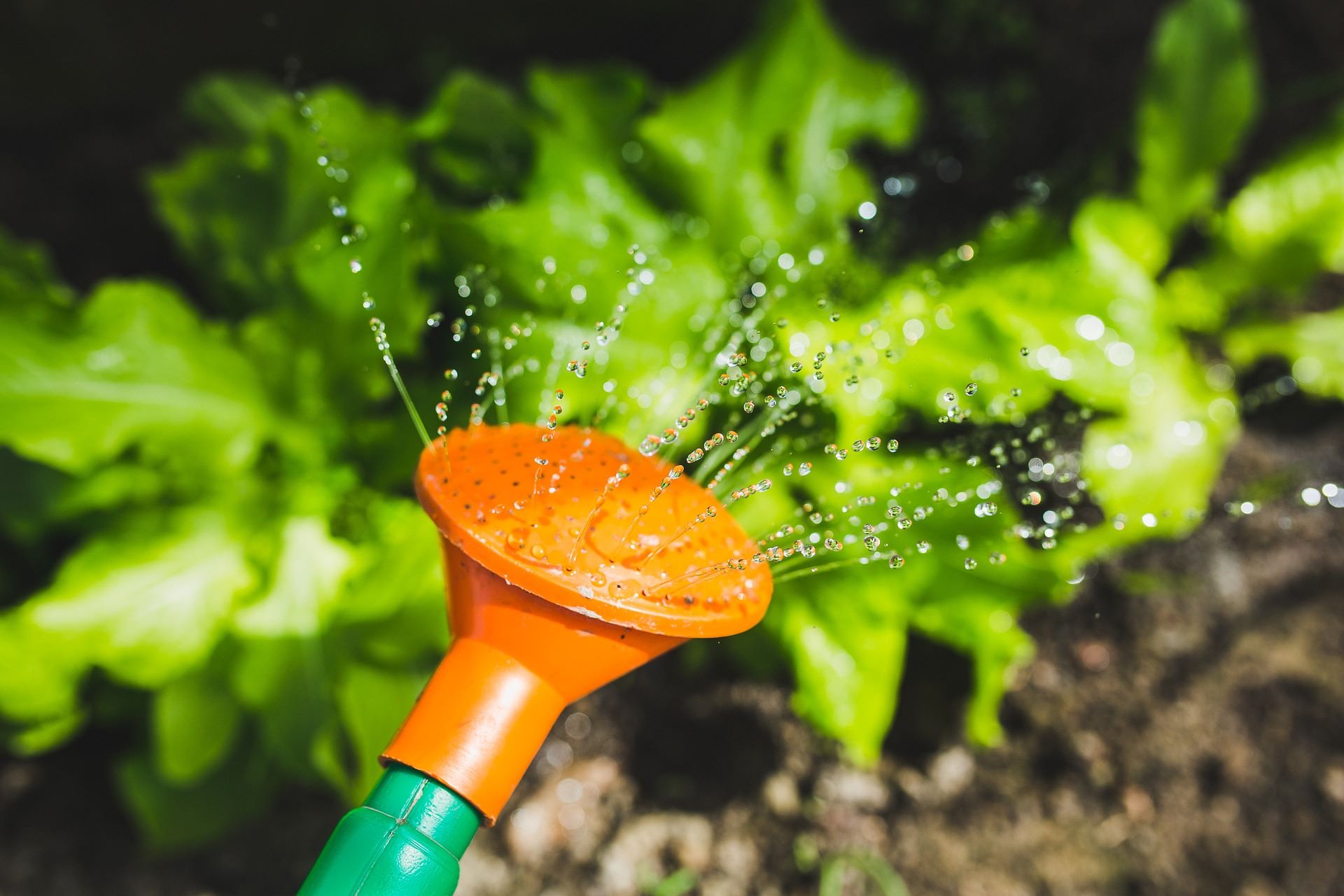

0 thoughts on “How Often Should You Seal A Concrete Patio”